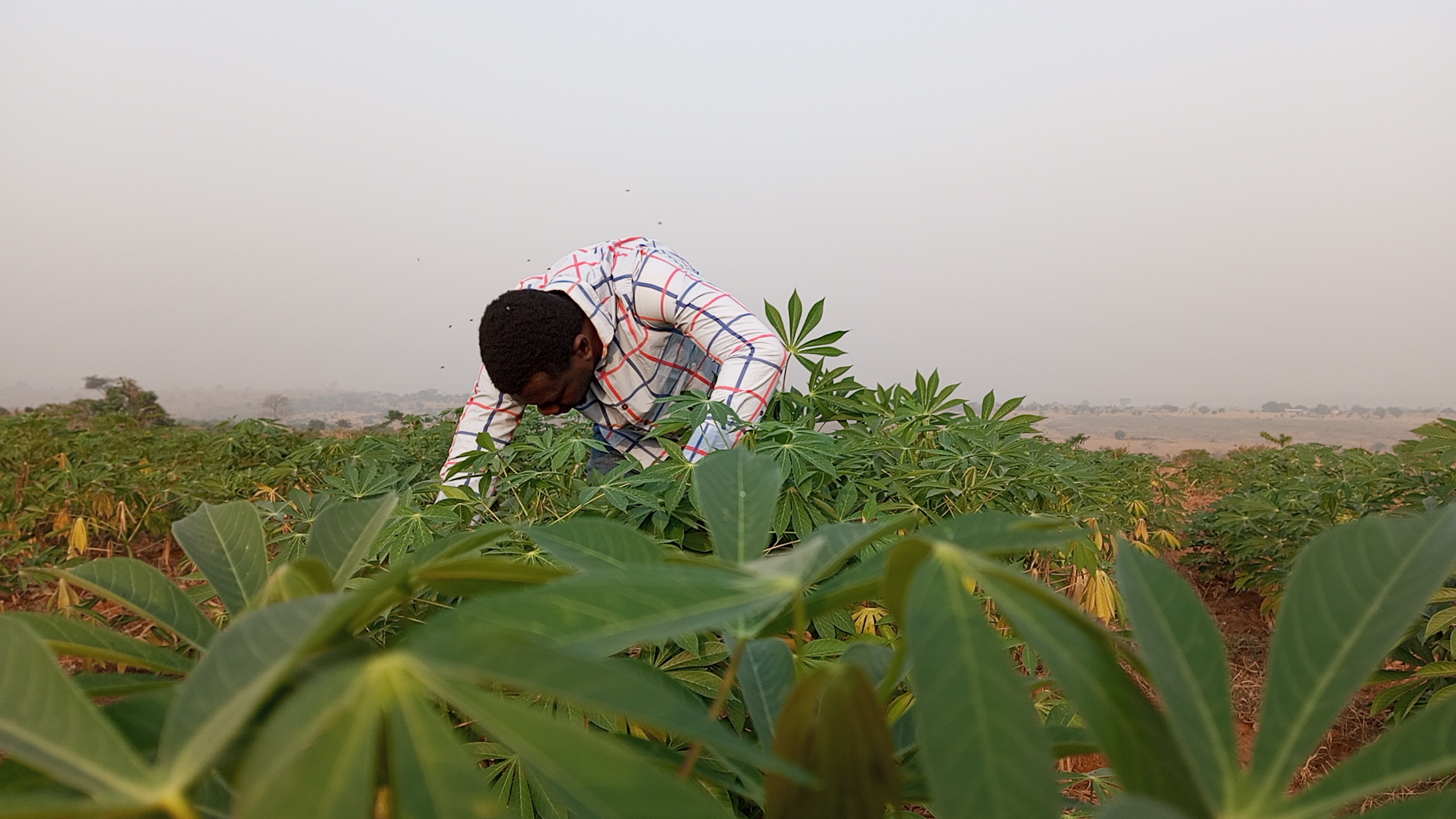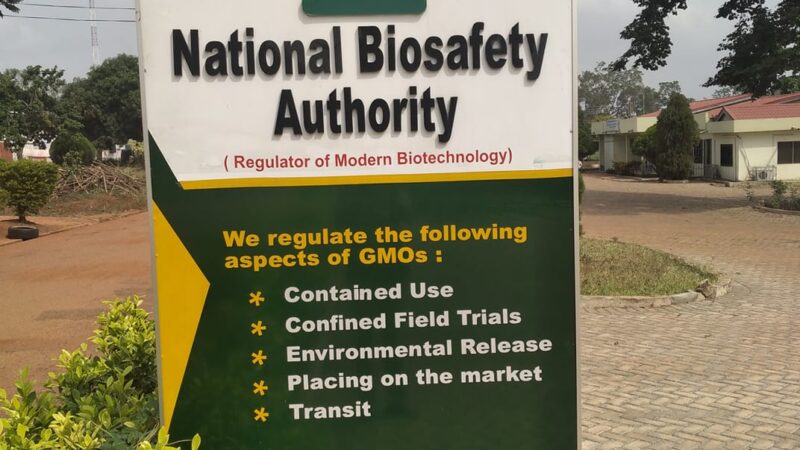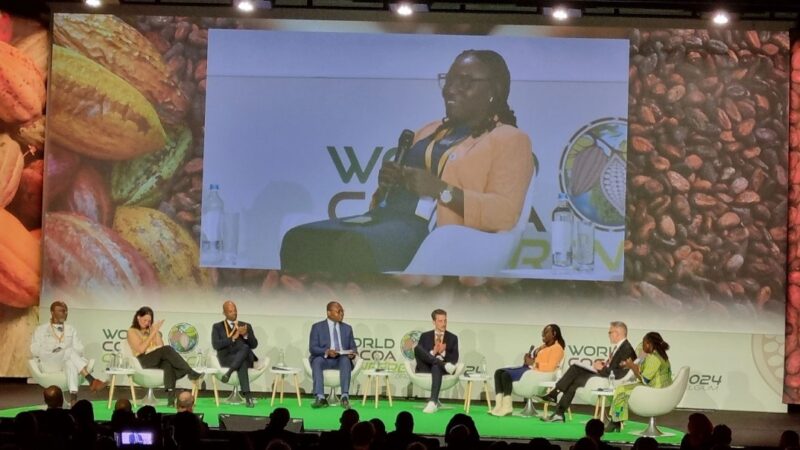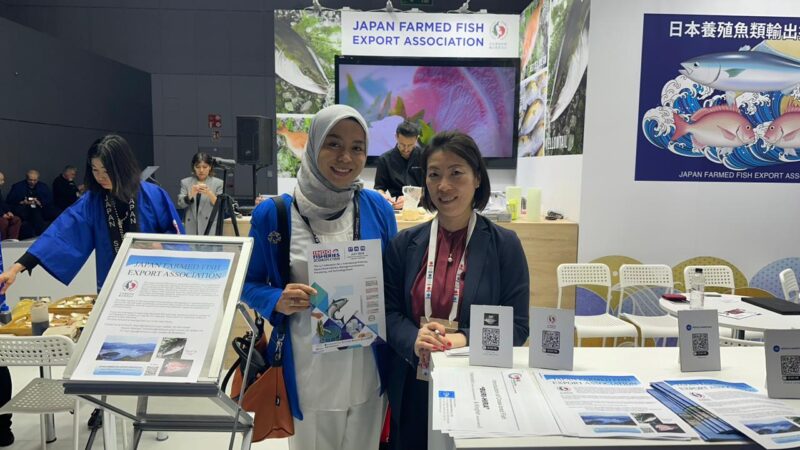
During its annual conference from June 18th to 24th in Kenya, about 50 representatives of the agri benchmark Cash Crop network discussed recent developments in global crop production.
One of the key findings: 2022 was a very profitable year for arable farmers. Except for a few regions – primarily those in Ukraine and a few regions with drought – agri benchmark typical arable farms showed an exceptionally profitable year.
The outlook for 2023 also is promising. Provided yields are normal, the vast majority of the typical farms are expected to be economically very successful in 2023, despite increases in input prices and decreases in output prices for the current harvest.
The coordinator of the network, Yelto Zimmer, says: “Given three years in a row of high profits, commercially, global crop production is – and was recently – a rather attractive business.”
Western Europe: the (lonely?) front-runner in eco-regulations for cropping systems
However, European producers, in particular, are faced with a number of serious challenges: political pressure to reduce the use of crop protection products, to improve nutrient use efficiency and to reduce overall greenhouse gas emissions (GHG). Marcel Dehler, Thünen scientist, notes: “It became obvious to me that European societies and policymakers have a totally different attitude toward crop production than almost all other countries.
Legal framework conditions are becoming more and more challenging; production output doesn’t really count that much anymore.
What matters are real or suspected environmental threats caused by agriculture.”
African crop production: alarming negative trend in yields; enormous upside potentials
The Kenyan co-hosts of the conference, the Tegemeo-Institute and the National Potato Council Kenya, presented figures on the evolution of yields.
For example, corn yields were flat since 2000 at an extremely low level of about 1.6 t/ha, potato and sugar cane yields actually fell.
The entire moderate increase in corn output has come from an expansion of arable land. Given limitations in land availability and because of massive GHG emissions caused by this extensive growth through converting grassland to arable land, all speakers agreed that there is need for action.
Both trial data presented in the conference as well as practical experience of growers visited during the post-conference tour indicated that the upside potential of yields is huge.
The Kenyan agri benchmark partner from Tegemeo, Timothy Njagi, declared: “The ‘only’ question is how to mobilize these potentials. We will continue exploring this burning question together with our agri benchmark colleagues.”
Agribusiness: the new driver towards climate-smart agriculture?!
In addition to governmental interventions, private initiatives in the field of GHG emissions are likely to impact farming. The commercial agri benchmark partners Yara and Nordzucker are members of the so-called Science Based Initiative of about 300 multinationals.
In the course of this initiative, they committed themselves to improving not only their internal greenhouse balance by 2030, but to also incentivize “their” growers to reduce GHG emissions by 11% (Yara) and 35% (Nordzucker) respectively.A key question raised was whether and to what degree the cost increases of growers will be compensated.
Since politically initiated reductions in GHG emissions of growers count toward the reduction targets set by companies, it is very likely that in the medium term, the agricultural industry will pressure policymakers to take action, since the industry will no longer be responsible for at least part of the voluntary commitment. Last but not least: So far, all targets for emission reductions are defined in absolute terms (ton of CO2eq).
In a sector with a lot of unavoidable emissions (such as crop production) and an annual growth of demand in the range of 1.5%, such a strategy will create leakage effects: Somewhere in the world, someone will expand production and hence GHG emissions.
Reducing emissions per unit of output would be a much more reasonable target.
Regardless of individual critical questions, we see great potential in this approach for efficient climate protection in agriculture. agri benchmark will intensively monitor and analyze this initiative and its effects on arable farming.
Crop production in Russia and Ukraine:
better than expectedBased on IKAR data, 2022 was a record year in Russian grain and oilseed production.
Current numbers indicate that 2023 exports of wheat will reach 47 million tons (+20% against pre-war levels). The outlook for 2023/24 expects much lower grain production – but still at or even above pre-war levels.
It seems as if sanctions have had only a minor impact on the overall output of Russian crop production so far. However, due to export duties and higher input costs, profitability has and is expected to drop substantially.
The agri benchmark expert Andriy Tovstopyat, however, depicted a contrary picture for Ukrainian farmers: “Ukrainian crop producers are faced not only with immediate threats and losses due to the war.
They currently experience wheat and corn prices in the range of 130 USD/t while they bought urea in spring at about 800 USD/t – when world market prices were in the range of 350 USD/t.”
Consequently, producers are under severe economic pressure and total acreage therefore has fallen and partially been shifted to sunflowers and soybeans. agri benchmark data indicate that, despite the very difficult framework conditions, crop production was still profitable – in particular for oilseeds. Their return to land was about two times better than for corn or wheat.
Media interested in further details can get in touch with Catrin Hahn ([email protected]) at the agri benchmark Center in Germany.agri benchmark Cash Crop is a non-profit global network of agricultural economists, coordinated by the German Thünen Institute and the non-profit company global networks.
Its aim is to generate and disseminate reliable and usable analyses of major trends in global crop production for decision-makers. For more information, please visit www.agribenchmark.org.
Contact:
Catrin Hahnagri benchmark Cash Crop(at Thünen-Institute of Farm Economics, Braunschweig)E-Mail: [email protected]





